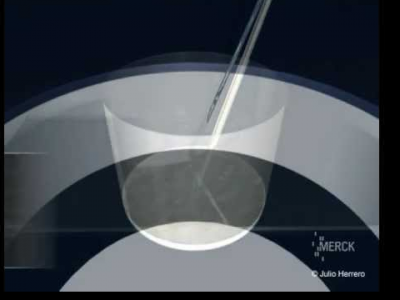How can teratozoospermia be diagnosed?
Teratozoospermia or teratospermia refers to the bad morphology of sperm in the ejaculated semen.
This sperm alteration is a cause of male infertility , since the abnormal sperm are not able to fertilize the ovum or, if they do, they can cause problems in the development of the embryo.
Teratozoospermia does not present any associated symptoms that the male can recognize. Therefore, in order to identify this seminal alteration, it is necessary to analyze sperm in an andrology laboratory through a semengram .
Below you have an index with all the points that we will discuss in this article.
Index- 1. What is the seminogram?
- 1.1. Teratozoospermia according to WHO
- 1.2. Teratozoospermia according to Kruger
- 2. Analysis of sperm morphology
- 3. Results of the seminogram
- 4. Questions from users
- 4.1. What is teratozoospermia according to the Kruger criteria?
- 4.2. Is it possible to diagnose teratozoospermia and azoospermia at the same time?
- 4.3. What is the price of the spermiogram to diagnose teratozoospermia?
- 4.4. What does it mean to have a teratozoospermia index of 1.6?
- 5. Recommended reading
- 6. Bibliography
- 7. Authors and collaborators
What is the seminogram?
The semengram is the most important test to evaluate the state of fertility in man.
It consists of a very complete semen analysis in which many parameters are evaluated. The most important are the following:
- Seminal volume
- Sperm concentration
- Sperm mobility
- Sperm morphology
- Sperm vitality
All the values ??obtained from this basic semen analysis give very valuable information about male fertility.
Assisted reproduction, like any medical treatment, requires that you trust the professionalism of the doctors and the clinic you choose, since, obviously, not all are the same.
This "tool" will send you a fully customized report, with detailed information about the treatment you need, the clinics in your area that meet our quality criteria and budgets. It also includes tips that will be very useful when making the first visits to clinics.
In particular, the number of spermatozoa that present alterations in their morphology will indicate whether or not there is a teratospermia problem.

Comments
Post a Comment